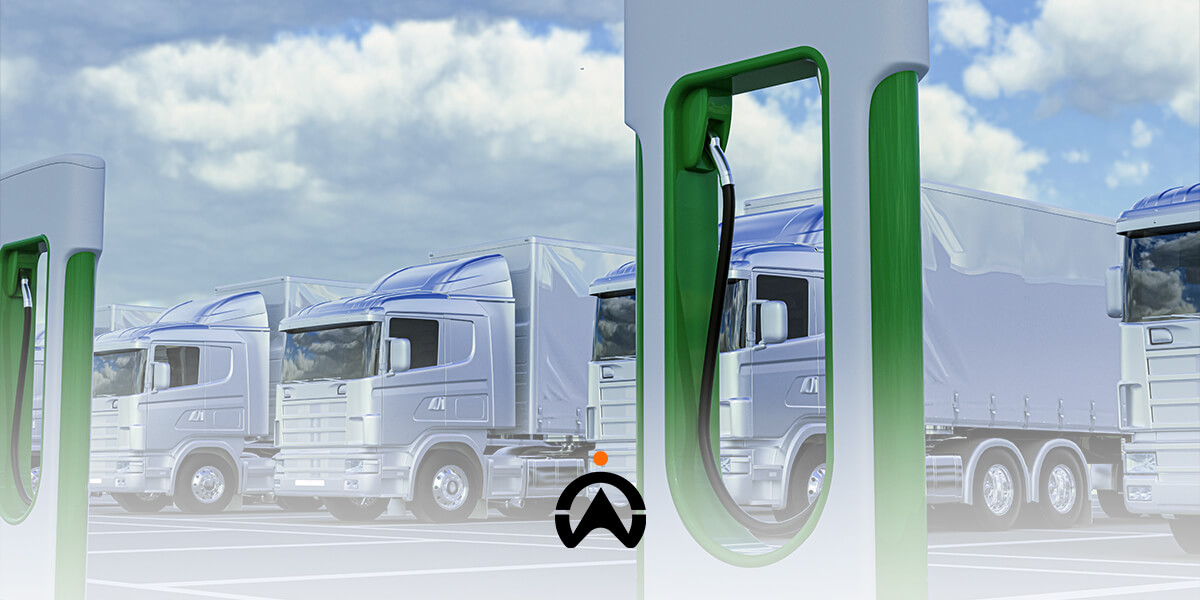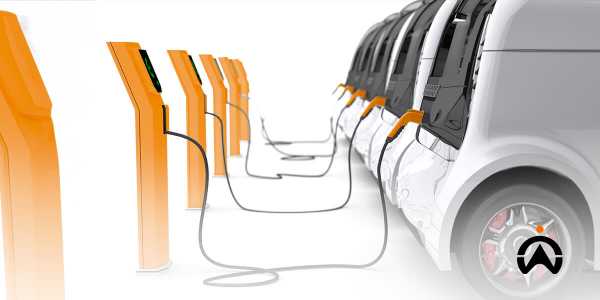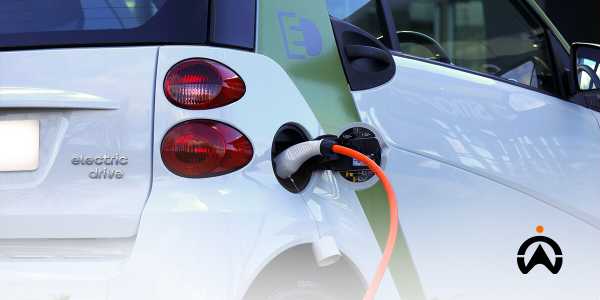- Solutions
- The Company
- About usCartrack offers smart fleet solutions guaranteed to optimise your fleet and workforce, no matter how big or small your business.
- Investor RelationsCartrack has a history of strong cash flow generation and cash conversion, low financial leverage and strong dividends.
- CareersCareers portal. View all the current Cartrack career openings and opportunities available.
- Resources
- Contact Us
- Bahasa
- Login
Apa Itu Elektrifikasi Armada dan Bagaimana Kita Menyiapkannya?

---- 2024/01/04 ---
What is an electric vehicle?
An electric vehicle, commonly known as an EV, is a vehicle that is designed to operate fully or partially using electricity as its primary power source. Unlike conventional vehicles that rely on gasoline or fossil fuels, electric vehicles use electric motors that draw energy from advanced sources such as rechargeable batteries or fuel cells. Electric vehicles are divided into two types:
- Battery Electric Vehicles (BEVs): These vehicles are fully powered by electricity stored in a battery.
- Plug-in Hybrid Electric Vehicles (PHEVs): These vehicles have an electric motor and also a regular gasoline or diesel engine.
Electric vehicles are revolutionizing the way we move and impacting business fleets, and many companies are now switching to electric fleet.
What is fleet electrification?
Fleet electrification is the process of a fleet transitioning from conventional gasoline or diesel-powered vehicles to zero-emission electric vehicles.
This change involves a variety of vehicle types, including vans, trucks, and cars, all of which use electricity. This shift is driven by a number of factors, including advances in battery technology, declining costs of electric vehicles, and the need to reduce the impact of climate change.
Fleet electrification not only contributes to environmental sustainability but is also in line with broader efforts to achieve cleaner and more sustainable transportation.

How does fleet electrification benefit your business?
Fleet electrification can offer a variety of benefits in many ways. These benefits include:
-
Positive impact on the environment: One of the biggest benefits of fleet electrification is the reduction of greenhouse gas emissions. Given the significant contribution of the transportation industry to greenhouse gas emissions, the integration of electric vehicles acts as a solution to reduce the impact of greenhouse gas emissions and combat climate change. Electric vehicles produce zero emissions at the tailpipe, so doing electrification can help businesses achieve sustainability emission reduction goals, which will then positively improve the company's reputation and image.
-
As a sustainable energy source: Fleet electrification plays a role as a sustainable energy source by not only reducing carbon emissions from vehicle exhaust, but also by promoting the use of renewable energy sources in the transportation sector. Although electricity itself is not a sustainable energy source, electricity can be generated from renewable sources such as solar, wind, or hydropower, which further reduces its impact on the environment.
-
Reduce fleet fuel costs: Fuel costs are a very high point of expenditure for fleets and have been a concern for years. With fleets spending more than 20% of their budget on fuel, reducing fuel expenditure can have a positive impact on business fleets. High fuel costs have a significant impact on fleet efficiency.
-
Reduce maintenance costs: Fleet electrification can significantly reduce maintenance costs. A 2020 Consumer Reports study found that electric vehicles can save about 50% in maintenance costs compared to traditional gasoline vehicles. This is partly because electric vehicles require far less maintenance.
Implementation of electric vehicle fleet management
Implementing fleet management for electric vehicles results in efficient handling of a group of electric vehicles. Fleet managers are responsible for vehicle maintenance, driver monitoring, and route optimization.
An electric vehicle fleet management system is designed to improve productivity, save costs, and ensure compliance across a company's electric fleet. Fleet management can provide access to real-time data on vehicle performance, battery life, costs, and more.

Factors that can hinder the adoption of electric vehicles (EVs) in a fleet
- High initial cost: One of the major barriers to adopting an electric fleet is the higher upfront cost compared to conventional vehicles. This upfront cost can be a challenge, especially when budget constraints are quite tight. Nevertheless, over time, the savings in fuel costs due to choosing to use electric vehicles will bring more benefits.
- Availability of charging stations: Reliable charging infrastructure is essential for the successful implementation of an EV fleet. Fleet vehicles require efficient charging stations to operate without disruption, and a limited charging network can lead to travel limitations.
- Range anxiety: Range anxiety, or the fear of running out of battery power during a trip, is a concern for both drivers and fleet managers. Limited range raises concerns about the possibility of disruptions during travel.
- Battery degradation and replacement costs: EV batteries degrade over time, reducing their energy storage capacity and potentially impacting vehicle range. If there is a decrease in quality, the battery needs to be replaced, which costs quite a bit.
The role of telematics in electric vehicle fleets
Telematics is a technology that uses telecommunications and informatics to collect GPS fleet tracking data and various other vehicle-specific information. Telematics can provide in-depth data on vehicle speed, braking, and the areas that have been traversed by the vehicle. Just like gasoline-powered fleets, telematics plays a key role in electric vehicle fleets by providing important data and insights that can optimize efficiency, performance, and fleet management.
Contact Cartrack Indonesia today!













 Select Countries
Select Countries